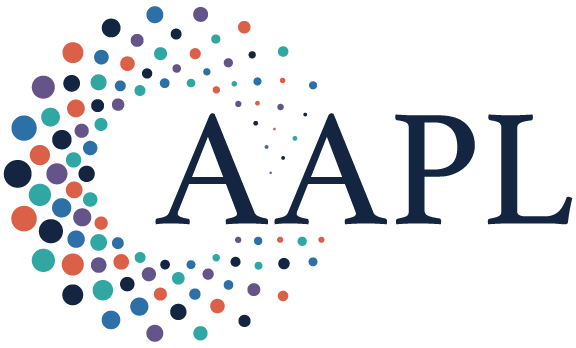Summary:
Physicians and health care organizations are looking at the secure and flexible blockchain technology in order to share patient data and, in 20 years, may be used more predominantly.
Blockchain is a record-keeping technology that began its life as a foundation for bitcoin. The reason healthcare organizations are interested in using it is that it offers a uniquely secure, flexible way for them to share patient data among themselves. Because of the way it works, both the sharer and the receiver of blockchain-based information can be sure that it is intact.
Using blockchain technologies to share healthcare data can potentially offer many advantages over existing ways of sharing healthcare information among stakeholders. One of the greatest advantages is that while current health-data-sharing models require a lot of resources, with blockchain in place there is no more need for a central data administrator. Another is that because blockchain distributes data to everyone on the network, patients could have access to all of their records without requesting copies from multiple institutions.
If you currently know little or nothing about blockchain, don’t let that worry you. It will probably be several years before it becomes a part of mainstream healthcare technology. In the meantime, however, be aware that if you’re frustrated with the state of health-data sharing, a powerful alternative is waiting in the wings.

A report in 2018 by an analyst firm predicted that by the year 2020, 20% of healthcare organizations will be using blockchain technology. The IDC Health Insights report projects that these organizations will be using blockchain for operations and patient-identity management. According to IDC, in addition to supporting internal operations, blockchain could form the basis for new infrastructure for health-information exchange. This “mesh” network will allow stakeholders such as providers, pharmacies, insurance payers, and clinical researchers to share information among themselves directly.
This new network infrastructure would be more flexible than the network technology that health-information-exchange organizations use now, as it would be more flexible, more capable of recovering from errors, and less prone to bottlenecks, the report suggests. IDC recommends that if a healthcare organization wants to experiment with blockchain, it should see that project leaders make evidence-based decisions about the technology, that stakeholders share information about the pros and cons of blockchain-based data sharing freely, that they test blockchain networks to be sure they are beneficial for the organization, and that they pitch the benefits of this technology to providers and patients.
This article first appeared in Fast Practice, August, 2018
Topics
Technology Integration
Strategic Perspective
Action Orientation
Related
A Smarter Way to DisagreeCoaching by Doctors for DoctorsCare Boss: Leadership Strategies and Resources for Family CaregiversRecommended Reading
Problem Solving
A Smarter Way to Disagree
Problem Solving
Coaching by Doctors for Doctors
Operations and Policy
Managing a Slob
Operations and Policy
Managing Your Team’s Weakest Link
Operations and Policy
The Gen AI Playbook for Organizations


